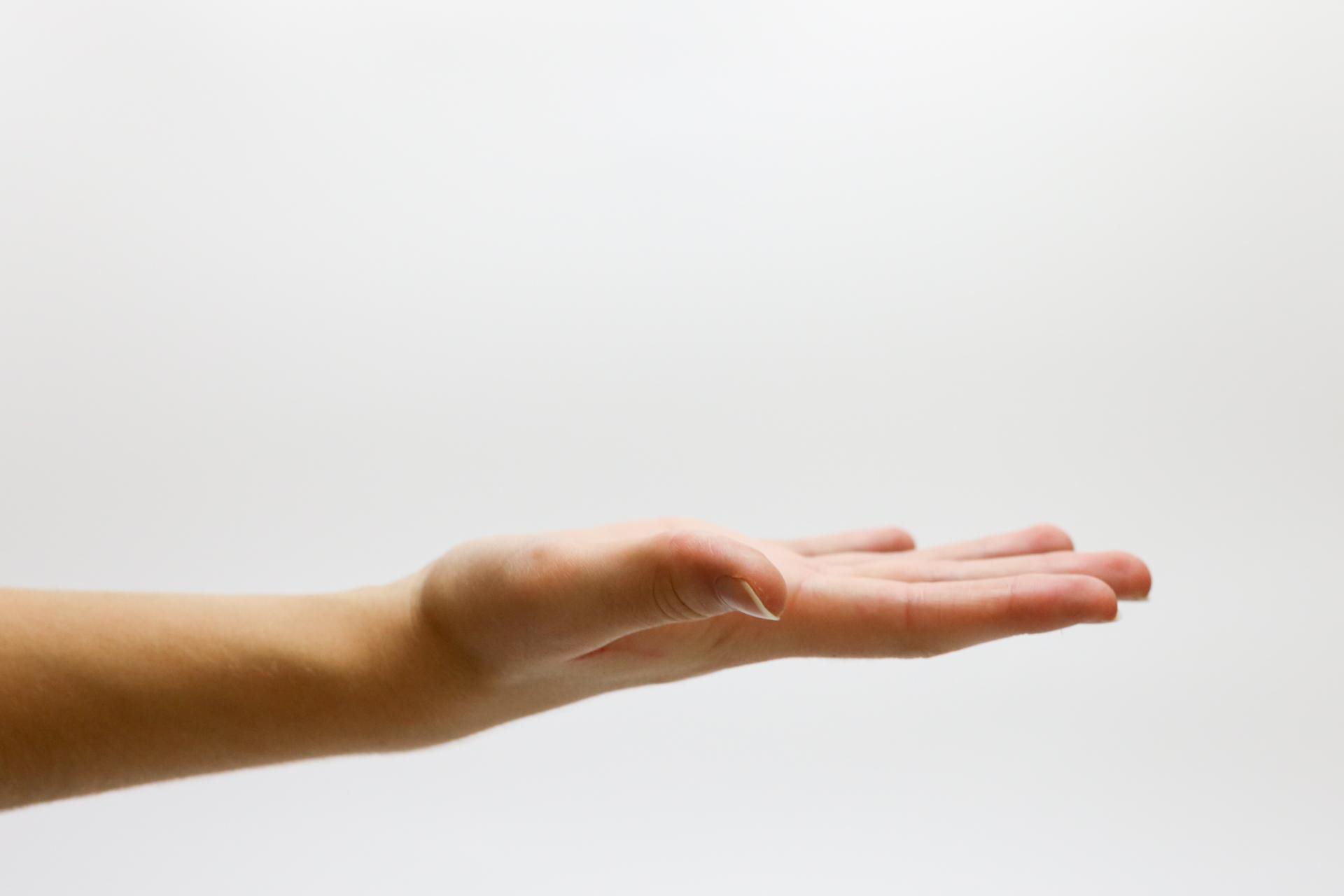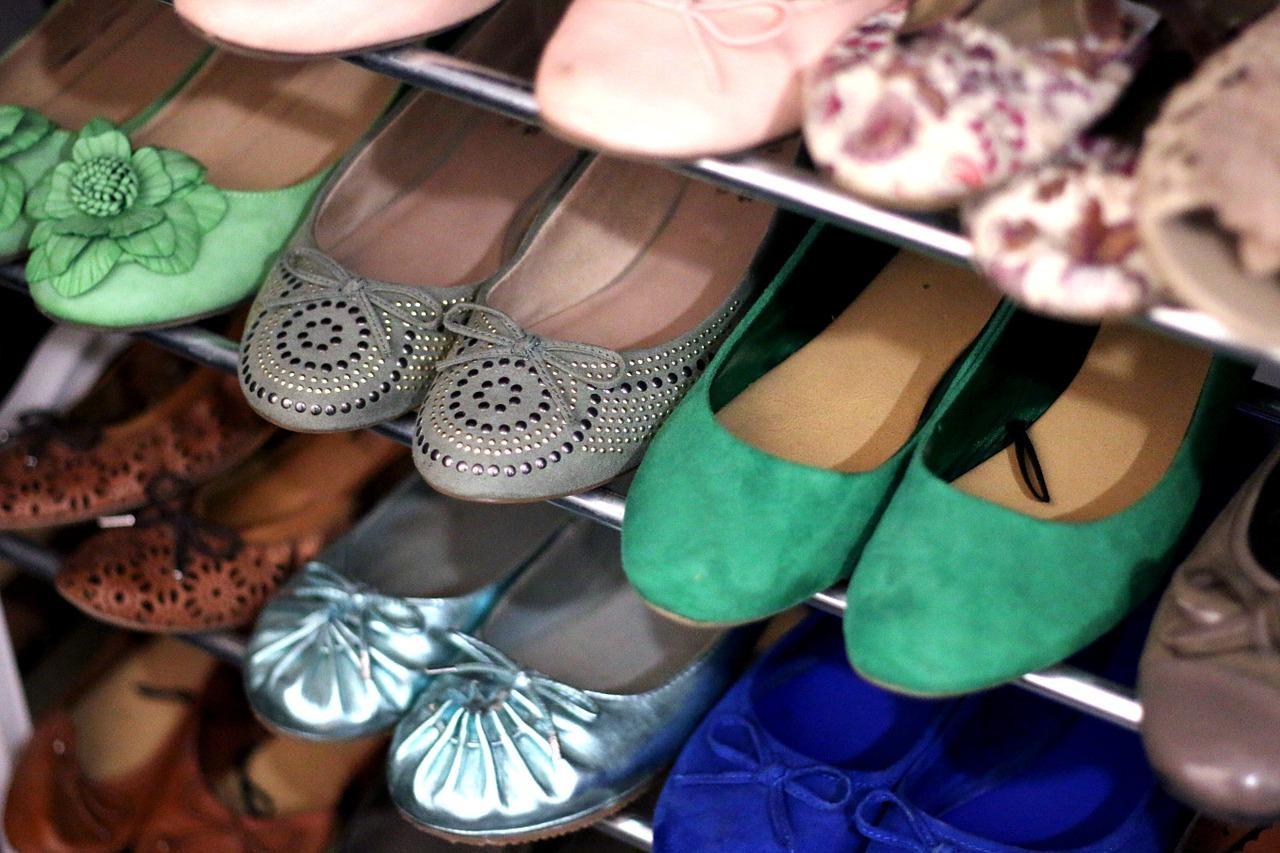
The holiday season is in full swing and, although some have returned from vacation, there are still some among us who are still waiting for their dream vacation trip. Holidays are a time when we allow ourselves more, have fun and rest - very well - after all, holidays are there, and a bit of relaxation after long months of work is owed to everyone. However, we must remember that often from holidays, in addition to wonderful memories, we bring unwanted and completely uninvited guests - fungal infections.
Today on my blog about why mycosis is so fond of holidays and how we can reduce the risk of developing this type of infection.
Most fungal infections are recorded during the holiday season. During this period, mushrooms most often attack our feet, hands, nails and intimate places, and interestingly, not only swimming pools and public toilets are dangerous.
Not just moisture
Of course, we are exposed to fungal infection using public toilets, showers, bath tubs, Jacuzzis and swimming pools, but not only. Mycosis of the skin feel very well in a humid and warm environment, which is why it is easiest to get infected there. For this reason, people who sweat intensively or wear too tight footwear, not adapted to the weather conditions or tight clothes made of artificial, impermeable fabrics are also exposed to fungal infection. However, this is not the end, it is worth knowing that danger also awaits us in hotel rooms, beach chairs, gyms, fitness clubs and shoe stores. Direct contact with a sick person can also be risky, sometimes even a simple handshake or a hearty hug is enough to get infected with mycosis.

It starts innocently
- Mycosis of the feet - most often it is located between the fingers, initially between 4 and 5, and then between 3 and 4. It begins with inconspicuous redness, which does not arouse any suspicions in us and very often we do not even notice it. The fact that something bad is happening to our feet is usually told by another symptom of the disease - itching, which over time becomes so persistent that it effectively hinders our normal functioning. But this is not the end, soon the persistent itching is accompanied by a burning sensation, unsightly bubbles and swelling appear on the skin. The situation begins to deteriorate clearly if we do not begin proper treatment at this stage. Our skin begins to peel, crack and, unfortunately, also smell very bad - even worse - untreated mycosis begins to spread from the area between the toes, attacking the top and sole of the foot.
- Mycosis of the hand - begins similarly to the mycosis of the feet, attacking the interdigital spaces, initially manifested by redness, followed by persistent itching and burning. Lumps and blisters appear and the skin peels and breaks. Because hand ringworm is caused by the same fungi that attack our feet, people struggling with foot or nail mycosis are also exposed to it on their hands.

- Onychomycosis - most commonly occurs on toenails. It usually starts with one nail. Mycosis most often "choose" the extreme ones, attacking the nail on the big or small finger. It usually occurs in people who are suffering from foot or hand mycosis, most often unfortunately not properly treated. The treatment of onychomycosis is very difficult and should take place under constant medical supervision. It is not worth using home methods here, which usually do not bring the expected results, and the disease develops and spreads to other nails. Nail affected by mycosis changes its color, initially it is a slight discoloration, but over time the whole plate changes its color. It becomes matte, white, yellow, brownish or greenish. Its shape also changes, the nails become thick and wrinkled, delaminate, peel and often smell bad. Ringworm is also noticeable around the nail, where swelling, pain, redness, peeling of the skin, as well as purulent discharge around the nail shafts may occur.
- Mycosis of intimate places - it affects women more often than men and very often occurs when there are hormonal fluctuations in the woman's body and the vaginal pH changes. A large group of women complains of increased susceptibility to fungal infections during pregnancy, at the end of the menstrual cycle or during menopause. Unfortunately, mycosis of intimate places also has a tendency to relapse, so if we get sick once, we are more susceptible to further infections. Mycosis of intimate places is most often manifested by persistent itching, redness, swelling and dryness, there may also be pain and burning during urination and during intercourse. White, cheese-like or watery vaginal discharge is also very characteristic of intimate fungal infections. In men, the symptoms of intestinal mycosis are very similar, although often less severe. That is why men very often underestimate them, becoming a source of infection for their partners.
When does the risk increase?
A strong, healthy body can perfectly defend itself against pathogenic microorganisms, preventing infection even when in contact with dangerous fungi. However, if our immune system for some reason does not function properly or if other factors appear to promote the development of fungal infections, the risk increases significantly. This happens, for example, in people with diabetes, HIV, AIDS, autoimmune diseases, anemia, gastrointestinal or cardiovascular disorders. An increased risk of developing fungal infections is also found in people taking antibiotics, immunosuppressants, steroids, birth control pills and undergoing chemotherapy. The problem of ringworm is also common among people who are obese and struggle with excessive sweating, as well as those on the wrong diet and exposed to chronic stress. In the case of mycosis of intimate places, very often the cause is improper, often excessive hygiene, disrupting the natural bacterial flora.
How to protect yourself
Protecting yourself against mycosis is not easy, but we can greatly reduce the risk of it occurring by applying some basic hygiene rules. First of all, when leaving, we should always use our towels, we do not borrow shoes, clothes or hand and foot care devices. We always put slippers on the shower and pool to help protect our feet. Let's try to wear clothes adapted to the weather, and if we sweat damp as soon as possible change to dry and airy, we also avoid wearing tight underwear made of artificial fabrics. If our feet sweat intensively, we use special preparations to help keep them dry for as long as possible. After bathing, be sure to wipe carefully, paying special attention to the folds and bends of the skin.

Treatment
Treatment of fungal infection is usually very time consuming and requires a lot of determination on the part of the patient. It is necessary to regularly use topical preparations, prescribed by a doctor, and if necessary also systemic drugs. Unfortunately, mycosis is often confused with other diseases, and therefore often neglected and improperly treated "on its own". Meanwhile, if left untreated, it develops very quickly and spreads to other parts of the body. Therefore, if you notice disturbing symptoms, be sure to contact a doctor who will help you choose the right treatment, and if necessary order tests that will help in making the correct diagnosis and selection of therapy.
Remember that not every contact with mycosis must end in an unpleasant infection, a fully healthy body has numerous defense mechanisms, thanks to which it is able to fight off a fungal infection. The problem arises when for some reason these mechanisms weaken. That is why it is very important to be vigilant, follow basic hygiene rules and carefully observe your body, and if necessary, react as soon as possible and start treatment.
